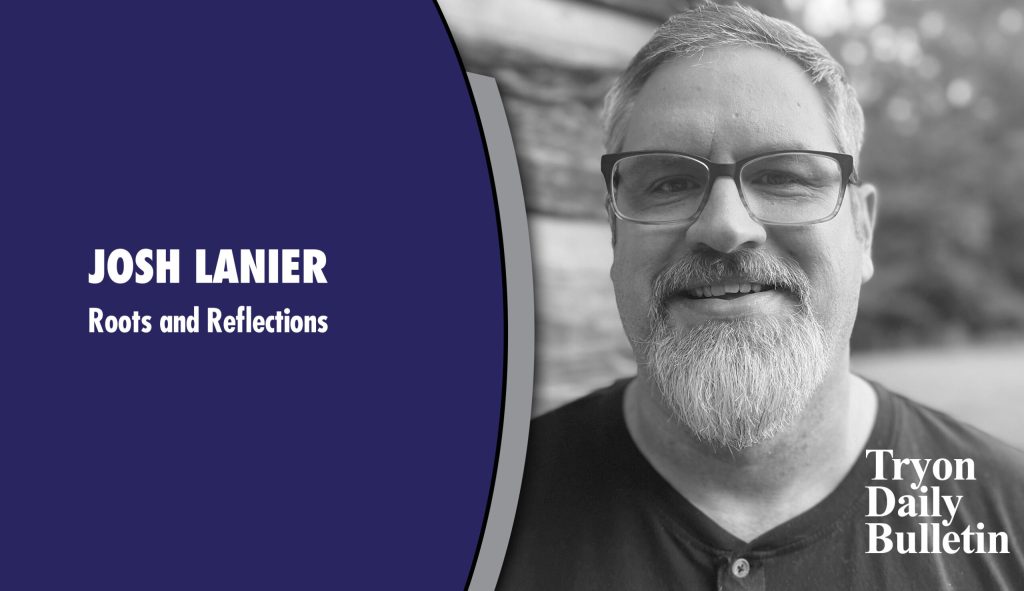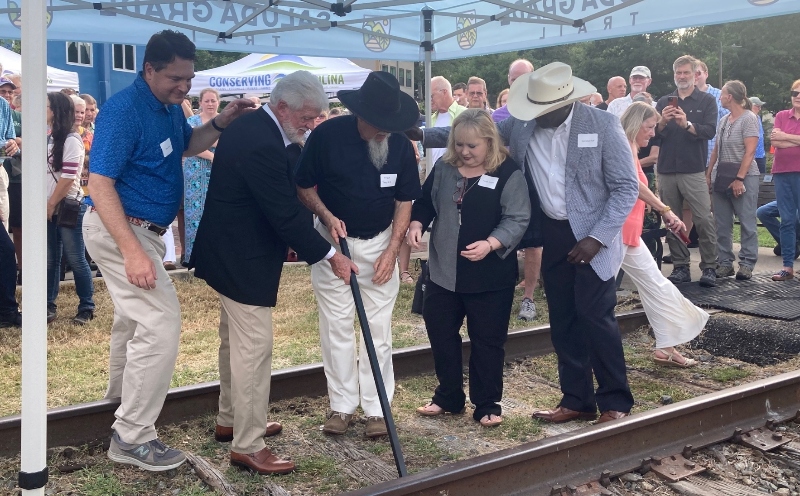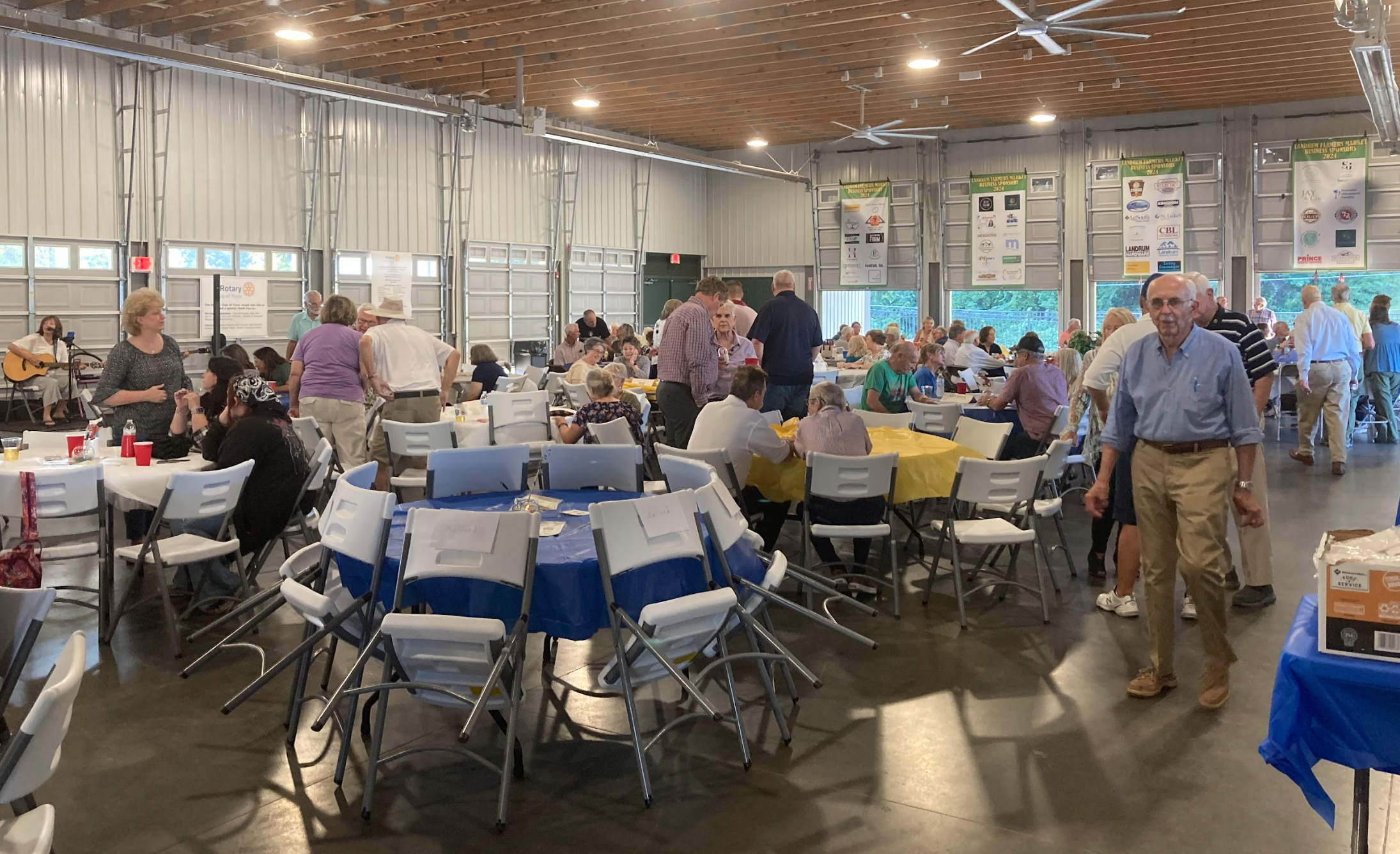Gaining a deeper sense of time
Published 11:51 am Monday, February 3, 2025
|
Getting your Trinity Audio player ready...
|
By Josh Lanier
One summer morning, just after daylight, I went to the upper pasture to check on two of our horses caught out all night in a succession of powerful thunderstorms. Around about midnight, I heard and saw a bolt of lightning split the sky and was fairly certain of the area where it struck—which was an area where the horses would congregate at night. I’d feared the worst, but the strong wind, torrential rain, and frequent lightning kept me inside. I stepped out on the porch and could feel the electricity in the air. It was unnerving to say the least.
Trending
I was relieved when I heard the hoofbeats coming over the hill. The old sorrel mare kept nudging me until I allowed her to bury her head in the bucket of sweet feed I was carrying, while her young filly made laps around us with her tail held high.
Before heading back to the barn, I headed to the area where I believed the lightning had struck the night before. When I rounded the bend, I saw that the old apple tree on top of the hill had been struck, which resulted in a wide field of giant splinters and charred wood.
The ground in front of where the tree had stood had exploded, like a charge of dynamite had been set off. As I kicked around in the pulverized red dirt, I noticed hundreds of chards of white quartz mixed in. Among the broken pieces, I found a dozen larger pieces that were arrow points, each in a different stage of completion. A couple had the points broken off, and two had broken tangs where they couldn’t be hafted, or secured, to the arrow shaft. The rest of the pieces had evidence of being knapped but were discarded for some reason or another.
The place where the apple tree had once stood was on a high knoll, and as I scanned the surrounding land, it was apparent that that particular spot would have been the best vantage point around. My theory was that this spot was perhaps chosen as a camp of sorts because one could spot danger coming from any direction, hence, all of the cull arrowheads and quartz flakes. That, or the person just thought it was a nice place to sit.
Whenever I find artifacts like arrowheads or other stone tools, it always causes me to take a step back to ponder deep time.
Perhaps the points and other stone tools, along with pieces of pottery I have found over the years, pre-dated the Cherokee. Depending on who you ask, humans have inhabited the area for tens of thousands of years, long before the Cherokee. According to archeologists and anthropologists, the people referred to as “Paleo-Indians” hunted now-extinct species like giant mastodons, saber-toothed tigers, and other megafauna species.
Trending
The earliest known inhabitants of this land were the Clovis culture (around 13,000 to 12,000 B.C.E) who were known for their fluted spear and arrow points. Likewise, the Paleo-Indian culture responsible for the Hardaway-Dalton tradition of making projectile points lived in this area from around 10,500 to 8,500 B.C.E.
Some estimates say that at the time de Soto set foot in North America, there were somewhere around 30,000 Cherokee, with the population in the principal towns comparable to small cities. It can be difficult to wrap our heads around just how many people lived in North America in pre-history, but luckily, these past cultures left some clues to piece together in order to gain a better understanding of the place we call home.






